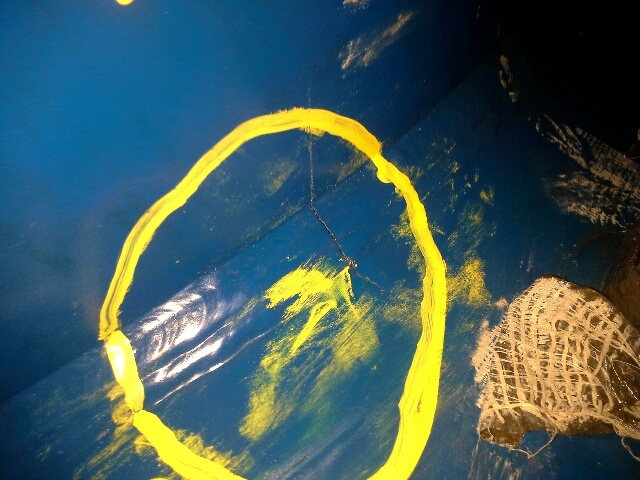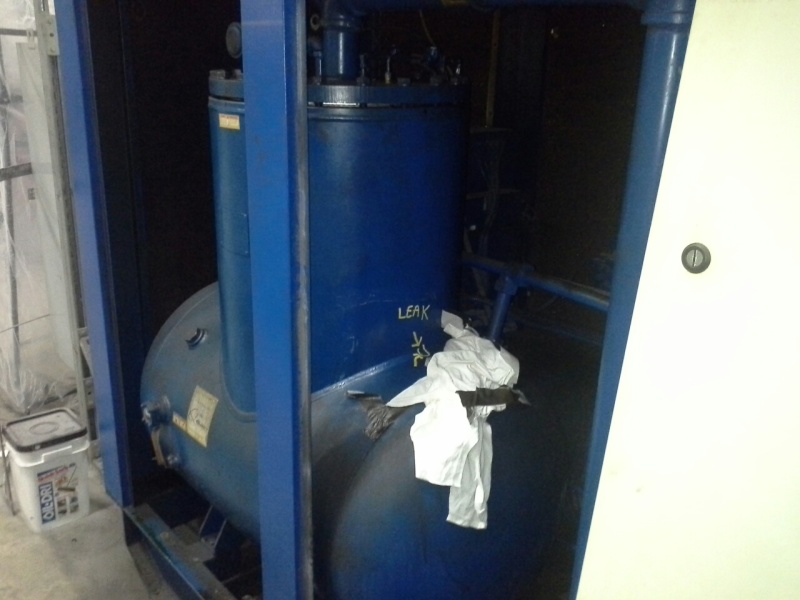I would not attribute the crack to hydrogen unless the crack occurred when the vessel was relative new. The most critical time period would be with in the first 48 hours or so. As time passes, the hydrogen effuses into the surrounding atmosphere, thus the probability of cracking is reduced over time. Granted, a small hydrogen crack may have initiated and grew over time, but I would expect it to manifest itself relatively quickly.
I suspect there is a discontinuity in one of the initial weld beads. Perhaps there is incomplete fusion at the start of the weld bead where two beads overlap, possibly incomplete joint penetration in the root of the root bead, who knows unless the weld is sectioned an examined.
Transverse cracks can also occur if the weld filler metal overmatches the base metal. This can happen if a highly deoxidized filler metal is used on multiple pass welds on "clean" steel. The deoxidizers become alloying constituents if the deoxidizers are not utilized. As alloying constituents, the silicon or manganese increase the hardness and strength of the weld, i.e. the weld overmatches the strength of the base metal. The resulting residual stress in the longitudinal direction can exceed the tensile strength of the base metal and cause a transverse crack.
Having thrown that possibility out there, my money is a defect in the root bead.
Best regards - Al




